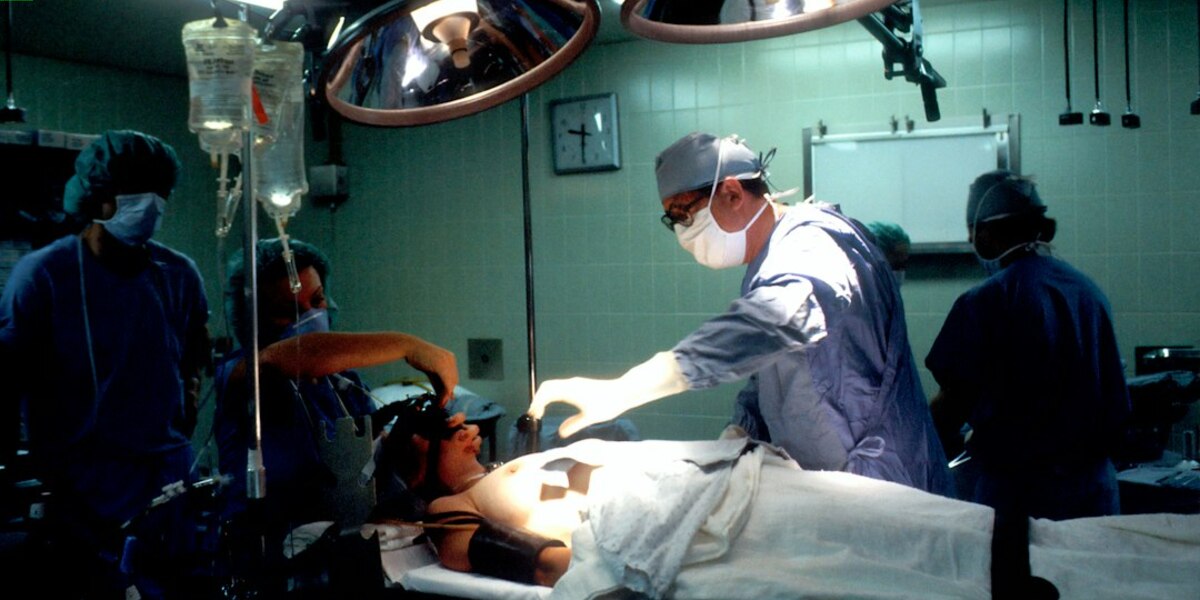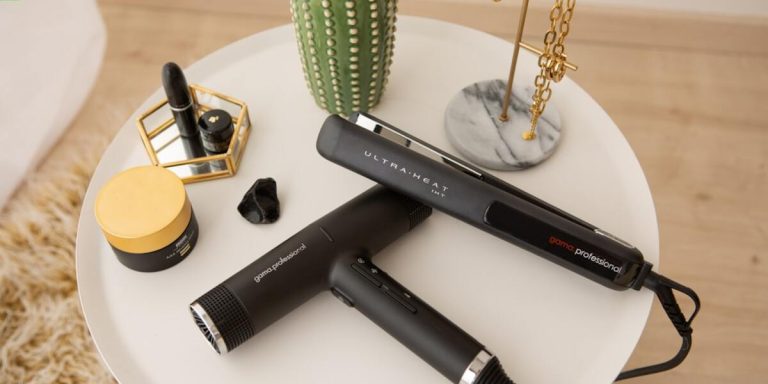Treatment for Dog Hair Loss: Insights on Modern Remedies and Solutions
Dog hair loss can be as worrying for pet parents as human hair loss is to individuals. When it comes to treatment for dog hair loss, a lot of factors come into play. Understanding the root cause and ensuring an appropriate regimen are crucial components in managing your furry friend’s health.
Delving into modern treatments and solutions that aid this may seem overwhelming with constant advancements in veterinary medicine. However, our focus here is on simplifying these insights, making them easily comprehensible so you can get back to cuddling your fluffy companion without stress or fretting about their coat condition.
Did you know?
Did you know? The Omega-3 fatty acids found in fish oil can not only improve a dog’s skin and coat quality, but also potentially slow down hair loss. This natural remedy is gaining ground in the veterinary world for its dual benefits of enhancing health while addressing alopecia issues.
Understanding Canine Alopecia: Comprehensive Overview
Canine alopecia, a common yet troubling condition faced by dogs worldwide, poses significant emotional distress to both the pets and their owners. The term ‘alopecia’ is medical jargon for hair loss — an issue not confined within human boundaries but equally prevalent among our furry friends.
Understanding canine alopecia requires knowing its root causes and symptoms. Factors such as hormone imbalance, skin infections or parasites, abnormal immune responses causing inflammation on the dog’s skin (autoimmune diseases), genetic predisposition, or certain medications the dog might be taking usually cause it.
Canine alopecia appears as patchy hair loss randomly scattered across your pet’s body, often accompanied by redness due to constant scratching and itching.
For this disconcerting health problem, you can choose from numerous treatment options based on your pet’s hair loss severity:
- Always consult a veterinarian before establishing a treatment regimen.
- Oral medications may treat systemic disorders like hypothyroidism, which often cause excessive shedding in dogs.
- Topical solutions, such as lotions with essential oils, can promote fur growth by stimulating follicles.
Remember that no one-size-fits-all solution exists for these delicate issues; therefore, close monitoring by an expert is crucial.
Identifying the Causes of Hair Loss in Dogs
Identifying the cause of hair loss in your furry friend is pivotal to settling on an effective treatment for dog hair loss. Some reasons are medical, while others could be as simple as dietary insufficiency or hormonal imbalance.
Firstly, allergies may play a significant role in causing canine alopecia. They can arise from food sensitivities, environmental triggers like pollen and dust mites or even flea attacks. This reaction leads to excessive itching which ultimately results in the dog’s fur falling out.
The second key reason for your pet losing their luscious locks might rest with parasitic infestations such as fleas, ticks and mites. These parasites feed off blood causing inflammation leading to intense scratching that often causes severe fur shedding leaving bald patches behind.
Signs and Symptoms to Detect Early Onset of Alopecia
Just like humans, dogs can suffer from alopecia, a condition that results in hair loss. Detect the early signs and symptoms of this condition to ensure proper treatment and restore your furry friend’s luscious locks. Look for these tell-tale signals:
1. **Unusual Hair Loss**: One of the most apparent indications of canine alopecia is excessive or abnormal shedding compared to what you typically find around your home.
2. **Bald Patches**: Bald patches appearing randomly on your dog’s body could be indicative not only of standard cases but severe conditions too – such as Alopecia X which may need urgent attention.
3. **Dry or Itchy Skin:** If you notice frequent scratching followed by redness in certain areas due to dry skin, it might be a major sign pointing towards possible alopecia onset.
4. **Changes in Coat Texture:** Any changes witnessed concerning coat texture—like dull coloration or thin strands—is often an underlying symptom signaling potential concerns about hair health.
5: **Behavioral Alterations:** Dogs suffering from discomfort due their skin problems may exhibit behavioral changes – feeling uncomfortable at touch points where they sleep etc.
Innovative Veterinary Solutions for Dog Hair Loss
The first line of defense in dealing with dog hair loss is understanding the root cause. Several factors may trigger it, including allergies, parasites, or even hormonal imbalance. In recent years though, veterinarians have been employing innovative solutions to tackle this issue head-on – a welcome development for pet owners everywhere.
One such solution making waves is high-frequency light therapy – an entirely non-invasive and non-pharmaceutical treatment gaining rapid popularity in 2023. The process involves emitting controlled levels of UVB rays onto your pooch’s skin that stimulates cell growth and effectively restarts their hair cycle.
Another effective strategy has emerged from advancements in dietary science: tailored nutrition plans specifically designed to combat canine alopecia (scientific term for doggy baldness). These diets are rich in essential nutrients like Omega-6 fatty acids which strengthen follicle health leading to considerable improvement over time. This kind of approach underscores how closely linked general wellbeing and specific conditions can be when talking about pets’ overall wellness.
Remember what might seem as simple cosmetic concern could often point towards underlying issues affecting your furry friend’s health on a more significant level so these innovations don’t just herald better fur-days ahead but also healthier lives overall!
Breakthroughs in Topical Treatments for Canines
The world of veterinary medicine has certainly seen its share of advancements in the recent years, particularly when it comes to addressing canine hair loss. The focus on developing effective topical treatments for dog hair loss is a testament to this progress.
One such breakthrough is an advanced formula that stimulates follicle growth at the molecular level. This cream prioritizes cellular rejuvenation and fortifies weak or damaged follicles directly leading to healthier hair production. Users have reported visible results after just three weeks of consistent use.
There’s also been significant improvement regarding anti-inflammatory treatments available for canines suffering from allergies causing their fur recession. An innovative steroid-free lotion has come up which reduces inflammatory skin conditions and halts subsequent hair fall due to irritation.
A new player in the field are serums fortified with essential vitamins like Pro-Vitamin B5 enhancing natural coat vitality through deep nourishment while promoting faster regrowth post-hair-loss events like severe shedding periods or hereditary pattern balding commonly seen among certain breeds.
While these options are impressive, there’s still a need for professional guidance before starting any treatment plan given every animal reacts differently based on numerous factors including breed type, age and overall health condition. So always consult your vet first!
Looking ahead into 2023, even more solutions appear promising as research continues pushing forward into novel areas: genetic manipulation therapy show potential while drone delivery methods could make procuring specialized products easier than ever before – exciting times indeed for modern-day pet owners seeking optimal care roles against dog hair loss issues!
Advances in Dietary Supplements to Combat Alopecia
In recent years, the sphere of dietary supplements has seen significant advancements in providing solutions for dog hair loss. Most pet lovers will attest that seeing their furry best friends lose their luxuriant coat could be heart-rending. The good news is: there are various innovative treatments available to combat this condition known as alopecia.
One outstanding development within the niche of dietary supplements focuses on Omega-3 fatty acids. Scientists have found these essential fats play a crucial role not merely addressing skin issues but also enhancing follicular health and promoting better hair growth in canines. Rich sources include fish oil or flaxseed oil—these oils moisturize your pet’s dry skin, thereby reducing excessive shedding and bolstering new fur growth.
Furthermore, Biotin (Vitamin B7) supplementation has been shown to improve overall skin conditions and stimulate healthy cell growth leading to stronger dog coats with less shedding tendency – an impressive leap forward! Brands like “Skin-Coat Essentials,” offer scientifically-formulated biotin-rich tablets perfect for canine use.
Dietary proteins also merit mention here; they’re fundamental building blocks stimulating robust hair regrowth while preventing future losses. Quality protein supports collagen production—a vital factor contributing towards dense tresses—in dogs too!
The secret lies in zinc-based diets representing another cutting-edge advancement combating canine alopecia effectively without side effects typical of pharmaceutical interventions – marking yet another exciting turnabout brought forth by 2023’s scientific researches into treatment for dog hair loss..
Holistic Approaches to Managing Your Dog’s Coat Health
Just as in humans, dog hair loss can be a source of concern for pet owners. There are many traditional treatments available to address this problem; however, holistic approaches have gained significant attention more recently. With the rise in awareness and preference for natural remedies over synthetic options, these methods serve as an excellent option focusing on overall coat health rather than just addressing localized problems.
Holistic methodologies focus on whole-body wellness with specific emphasis given to your furry friend’s diet, exercise routine along with mental well-being. Nutritious food loaded with essential vitamins such as omega-3 fatty acids helps stimulate healthy follicle growth while regular exercises reduce stress levels which can contribute towards improved hair quality and reduced shedding.
You may also consider adding supplements like biotin or fish oil into their daily regime if approved by a vet since they’ve shown beneficial effects on improving coat texture and reducing brittleness leading to fewer strands breaking off prematurely. A key part of any treatment plan is maintaining optimal hydration – always ensure there’s fresh water readily accessible to maintain skin elasticity preventing further damage from dryness-induced breakage.
The Role of Nutrition in Promoting Fur Regrowth
Meeting the nutritional needs of your dog is a crucial aspect in managing hair loss. A balanced diet plays an integral role, fueling not only overall health, but also promoting fur regrowth.
The first step to improve your pet’s coat health begins with analyzing their current dietary regimen. Commercially available pet food often lacks essential nutrients that promote healthy skin and hair growth in dogs. Look for high-quality dog foods that have appropriate levels of protein – the building block for strong and healthy fur.
Let’s delve into some specific nutrients known to aid in treating canine hair loss:
These are vital fats that dogs need to maintain healthy skin and coats. Omega-3 fatty acids reduce inflammation associated with various dermatological conditions causing hair loss.
Biotin (Vitamin B7), in particular, has been noted for its role in maintaining a glossy coat along with reducing excessive shedding or bald patches due to deficiencies.
A lack of these can lead to poor quality skin which may cause disheveled looking fur or even bald spots on your furry friend.
Fruits such as blueberries provide powerful antioxidants aiding cell-health maintenance including those responsible for producing shiny coats!
Ensure you consult a veterinarian before making any drastic changes towards enhancing nutrient supplementation via diets specifically designed around bolstering your dog’s coat health.
Integrative Therapies: Herbal Remedies and Acupuncture
Managing your pet’s hair health requires more than the traditional veterinary approach. In a world where we often turn to nature for solutions, why not do so for our furry friends? Our focus here is on integrative therapies, particularly herbal remedies and acupuncture that could serve as effective treatment methods for dog hair loss.
Herbal remedies are quickly becoming popular for managing canine coat health, offering natural alternatives with fewer side effects than conventional treatments.
You can use turmeric topically or add it to food supplements due to its anti-inflammatory properties. Applying coconut oil regularly supplies essential nutrients for skin cells and promotes healthier fur growth.
Aloe Vera gel is beneficial for soothing itchy patches, preventing unnecessary scratching and potential hair loss.
However caution should always prevail when using herbs due to potential allergies thus consultation with a holistic veterinarian is advised before incorporating these home-made mixtures into your dog’s grooming routine.
Bear in mind however, like any other therapy , acupuncture doesn’t guarantee overnight results but most owners report observable improvements within weeks after beginning sessions which vary depending upon individual cases .
Conclusion
In the quest for ‘treatment for dog hair loss’, it’s crucial to remember that every canine companion is distinct, and what works well with one may not be effective in another. Better knowledge about your pet’s health and grooming habits will surely pave the way towards selecting an appropriate treatment plan. Stay resilient in trials of different therapies, but bear patience as they might take time to show results.
Now you’re armed with information on modern remedies and solutions – from home treatments, good diet practices to seeking professional aid. Don’t let this learning journey stop here though! Browse around our website where we continually provide cutting-edge insights into various ‘Hair Loss Treatments’.
A world full of potential cures awaits you – because who said being bald was ever fluffy or fashionable?







